Home>Garden Essentials>What Colleges Have Astro Turf
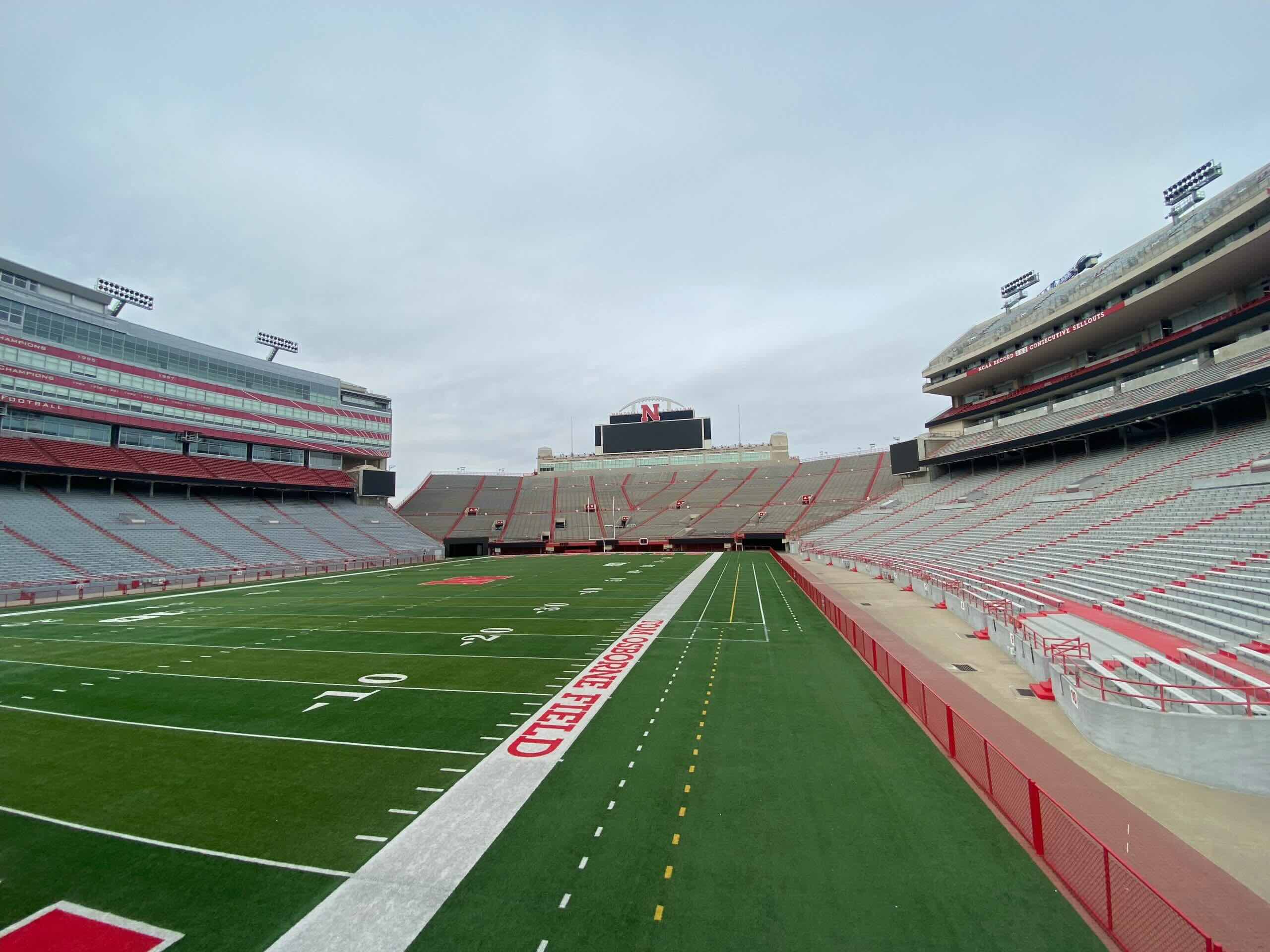

Garden Essentials
What Colleges Have Astro Turf
Modified: March 24, 2024
Find out which colleges have astro turf in their gardens. Explore the best options for outdoor recreation and sports on campus.
(Many of the links in this article redirect to a specific reviewed product. Your purchase of these products through affiliate links helps to generate commission for Storables.com, at no extra cost. Learn more)
Introduction
In recent years, the use of artificial turf, commonly known as Astro Turf, has gained popularity in various sectors, including colleges and universities. Astro Turf is a synthetic surface that mimics the look and feel of natural grass, providing a durable and low-maintenance alternative for outdoor fields. This article will explore the benefits and drawbacks of Astro Turf in colleges and highlight some institutions that have adopted this innovative solution.
The use of Astro Turf in college campuses offers several advantages. Firstly, it provides a consistent playing surface, regardless of weather conditions. Natural grass fields can become muddy and slippery during rainy seasons, making it challenging for athletes to perform at their best. Astro Turf, on the other hand, offers excellent drainage capabilities, allowing games and practices to continue uninterrupted.
Secondly, Astro Turf is highly durable, capable of withstanding intensive use and heavy foot traffic. Natural grass fields require regular maintenance, including mowing, seeding, and fertilizing, to keep them in optimal condition. However, this can be time-consuming and expensive for colleges, especially larger institutions that have multiple sports teams. Astro Turf eliminates the need for such maintenance, reducing both costs and labor.
An additional advantage of Astro Turf is its enhanced safety features. The surface is designed to provide adequate cushioning, reducing the risk of injuries from trips, falls, or collisions. It also eliminates the uneven terrain that can lead to ankle sprains and other common sports-related injuries. Moreover, Astro Turf fields are often lined with shock-absorbing materials, further minimizing the impact on players’ joints.
While Astro Turf offers numerous benefits, there are also some drawbacks to consider. One major concern is the potential for increased heat retention on synthetic turf. As the material absorbs and retains heat from the sun, the surface temperature of Astro Turf can become significantly higher than that of natural grass. This can make playing on the field uncomfortable, particularly during hot summer months.
Another drawback is the lack of natural biodiversity associated with Astro Turf. Natural grass fields provide a habitat for various plant species, insects, and other organisms, contributing to ecological balance. With Astro Turf, this biodiversity is absent, which can have implications for environmental sustainability and wildlife conservation.
Key Takeaways:
- Astro Turf offers colleges consistent, durable, and low-maintenance playing surfaces, benefiting athletes and reducing upkeep costs. However, it can retain heat and lacks natural biodiversity, requiring careful consideration before installation.
- Colleges like Ohio State, USC, and University of Florida have embraced Astro Turf, enhancing sports facilities and providing exceptional playing surfaces for athletes. Each college carefully selects the most suitable Astro Turf for their specific needs.
Read more: What Are The Alternatives To Astro Turf?
Benefits of Astro Turf in Colleges
Astro Turf offers several key benefits for colleges and universities that choose to implement it on their campuses. From practical advantages to improved safety, here are some of the main benefits of Astro Turf in colleges:
- Consistent Playing Surface: Astro Turf provides a consistent playing surface regardless of weather conditions. Unlike natural grass fields that can become muddy and slippery, Astro Turf allows games and practices to continue without disruption, ensuring that athletes can perform at their best.
- Durability: Astro Turf is extremely durable and can withstand heavy foot traffic and intensive use. Unlike natural grass, which requires regular maintenance and can be easily damaged, Astro Turf retains its quality and appearance over time, reducing the need for repairs and replacements.
- Low Maintenance: Maintaining natural grass fields can be time-consuming and expensive. With Astro Turf, colleges can eliminate the need for mowing, watering, fertilizing, and other upkeep tasks. This not only saves time and money but also frees up resources for other campus improvement projects.
- Safety: Astro Turf is designed with safety in mind. The surface offers cushioning, reducing the risk of injuries from falls, trips, and collisions. Additionally, many Astro Turf fields are equipped with shock-absorbing materials that further protect athletes’ joints and minimize the impact of high-velocity movements.
- Accessibility: Astro Turf provides an accessible playing surface for individuals with disabilities. The even and consistent surface allows for smoother wheelchair navigation and ensures that everyone can participate in sports and recreational activities.
- Extended Playing Time: Unlike natural grass fields that can become worn out and unusable after heavy use, Astro Turf can withstand continuous play. This extends the playing time available for practices, games, and other recreational activities, maximizing the utilization of campus sports facilities.
- Versatility: Astro Turf can accommodate a wide range of sports, including soccer, football, baseball, and lacrosse. By installing Astro Turf, colleges can create multi-purpose fields that cater to the needs of various sports teams, maximizing the use of limited space and resources.
Overall, Astro Turf in colleges offers numerous benefits that enhance the playing experience, reduce maintenance costs, and improve the functionality and accessibility of campus sports facilities. As more colleges recognize the advantages of Astro Turf, it continues to gain popularity as a practical and efficient solution for outdoor fields.
Drawbacks of Astro Turf in Colleges
While Astro Turf offers significant advantages, it’s essential to consider the drawbacks associated with its use in colleges and universities. Understanding these drawbacks ensures colleges can make informed decisions when considering the installation of Astro Turf on their campuses. Here are some key drawbacks to consider:
- Heat Retention: One major concern with Astro Turf is its tendency to retain heat. The synthetic material can absorb and hold heat, resulting in a significantly higher surface temperature compared to natural grass. This can make playing on the field uncomfortable, particularly during hot summer months. Implementing mitigation strategies such as shade structures or scheduling outdoor activities during cooler times of the day can help address this issue.
- Lack of Natural Biodiversity: Natural grass fields support a wide range of plant species, insects, and other organisms, contributing to biodiversity and ecological balance. Astro Turf fields, by contrast, offer a sterile, artificial environment devoid of natural elements. This can have implications for environmental sustainability and wildlife conservation efforts, as well as missed opportunities for educational programs focused on ecological awareness.
- Initial Installation Cost: While Astro Turf can lead to long-term cost savings due to reduced maintenance requirements, the initial installation cost can be relatively expensive. Colleges must allocate funds for the purchase and installation of the synthetic turf, which may require budget adjustments or seeking additional financial resources.
- Environmental Impact: Astro Turf is made from synthetic materials, typically containing plastics derived from fossil fuels. The manufacturing process and disposal of Astro Turf can have a negative environmental impact. Colleges must consider the sustainability aspects of Astro Turf and explore ways to minimize its carbon footprint, such as sourcing environmentally-friendly materials or implementing recycling programs for old turf.
- Surface Abrasion: Over time, Astro Turf can experience surface abrasion, particularly in high-traffic areas. This can result in a less desirable playing experience and may require additional maintenance or eventual replacement of the turf. Regular inspection and proper maintenance can help prolong the lifespan of the Astro Turf and alleviate surface abrasion issues.
- Limited Aesthetics: While Astro Turf can mimic the look of natural grass, some may argue that it lacks the visual appeal and natural beauty of a real grass field. This subjective aesthetic preference may be a consideration for colleges that prioritize the overall ambiance and aesthetics of their campus sports facilities.
Considering these drawbacks allows colleges to weigh the pros and cons before making a decision on installing Astro Turf. By understanding the potential challenges associated with Astro Turf, colleges can develop strategies to mitigate any concerns and make an informed choice that aligns with their specific needs and priorities.
Check the college’s athletics website or contact their admissions office to inquire about the presence of astro turf on their sports fields.
Colleges with Astro Turf Fields
As the popularity of Astro Turf continues to grow, many colleges and universities have embraced this innovative solution and installed Astro Turf fields on their campuses. Here are some notable institutions that have adopted Astro Turf:
- The Ohio State University: The Ohio State University is home to the Buckeyes, one of the most renowned college sports programs in the United States. To provide its athletes with top-notch facilities, the university has installed Astro Turf on several of its playing fields, including football, soccer, and lacrosse.
- University of Southern California (USC): USC is known for its strong athletic programs, and the university has invested in Astro Turf to enhance their sports facilities. The USC campus features multiple fields with Astro Turf, catering to a range of sports, including football, soccer, and baseball.
- University of Florida: With a strong emphasis on sports, the University of Florida has implemented Astro Turf on its sports fields. This includes the “Swamp,” the iconic football field where the Florida Gators play their home games.
- Stanford University: Stanford University, renowned for its academic excellence and athletic achievements, has integrated Astro Turf into its sports facilities. The university’s football and soccer fields are equipped with high-quality synthetic turf to provide optimal playing surfaces for student-athletes.
- University of Oregon: The University of Oregon, known for its track and field program and vibrant sports culture, features Astro Turf fields on its campus. The university’s football field, known as Autzen Stadium, is equipped with synthetic turf to ensure optimal performance and durability.
- Texas A&M University: Texas A&M University has invested in Astro Turf for its sports fields, including the football field at Kyle Field, where the Aggies play their home games. The synthetic turf provides a consistent playing surface for the football team and other sports programs on campus.
- University of Michigan: The University of Michigan is renowned for its rich athletic history, and the university has implemented Astro Turf on its sports fields. The football field at Michigan Stadium, also known as “The Big House,” is equipped with synthetic turf to withstand the heavy usage and provide an optimal playing surface.
These are just a few examples of colleges that have embraced Astro Turf as a solution for their sports fields. Many other institutions across the country have also implemented synthetic turf to enhance their athletic facilities and provide exceptional playing surfaces for their athletes.
It’s important to note that specific colleges may have different types or brands of Astro Turf installed, depending on their unique requirements and preferences. Each institution carefully evaluates its options to select the most suitable Astro Turf for their specific needs.
Conclusion
Astro Turf has become a popular choice for colleges and universities looking to enhance their sports facilities and provide optimal playing surfaces for their athletes. The benefits of Astro Turf, such as consistent playing surface, durability, low maintenance, and enhanced safety, make it an attractive option for institutions seeking to improve and maximize the usability of their outdoor fields.
While Astro Turf offers many advantages, it’s crucial to consider the drawbacks as well. Concerns such as heat retention, lack of natural biodiversity, initial installation costs, environmental impact, surface abrasion, and limited aesthetics should be carefully evaluated by colleges before deciding to implement Astro Turf on their campuses.
Colleges that have adopted Astro Turf fields have seen positive outcomes. Institutions like The Ohio State University, USC, University of Florida, Stanford University, University of Oregon, Texas A&M University, and the University of Michigan have all embraced Astro Turf to provide their athletes with exceptional playing surfaces and improve the overall functionality of their sports facilities.
Ultimately, the decision to install Astro Turf should be based on careful consideration of the specific needs, priorities, and resources of each college or university. By weighing the benefits and drawbacks, conducting thorough research, and consulting with experts, institutions can make informed choices that align with their goals and provide the best possible environment for their student-athletes.
Astro Turf continues to evolve, with advancements in technology and eco-friendliness. As colleges recognize the value and long-term benefits of synthetic turf, it is likely that more institutions will choose to adopt Astro Turf in the future.
By taking into account the advantages and drawbacks, colleges can assess whether Astro Turf is the right solution for their sports fields. With proper planning, implementation, and ongoing care, Astro Turf can provide a durable and high-quality playing surface that meets the needs of athletes while supporting the overall goals and vision of the college or university.
Frequently Asked Questions about What Colleges Have Astro Turf
Was this page helpful?
At Storables.com, we guarantee accurate and reliable information. Our content, validated by Expert Board Contributors, is crafted following stringent Editorial Policies. We're committed to providing you with well-researched, expert-backed insights for all your informational needs.
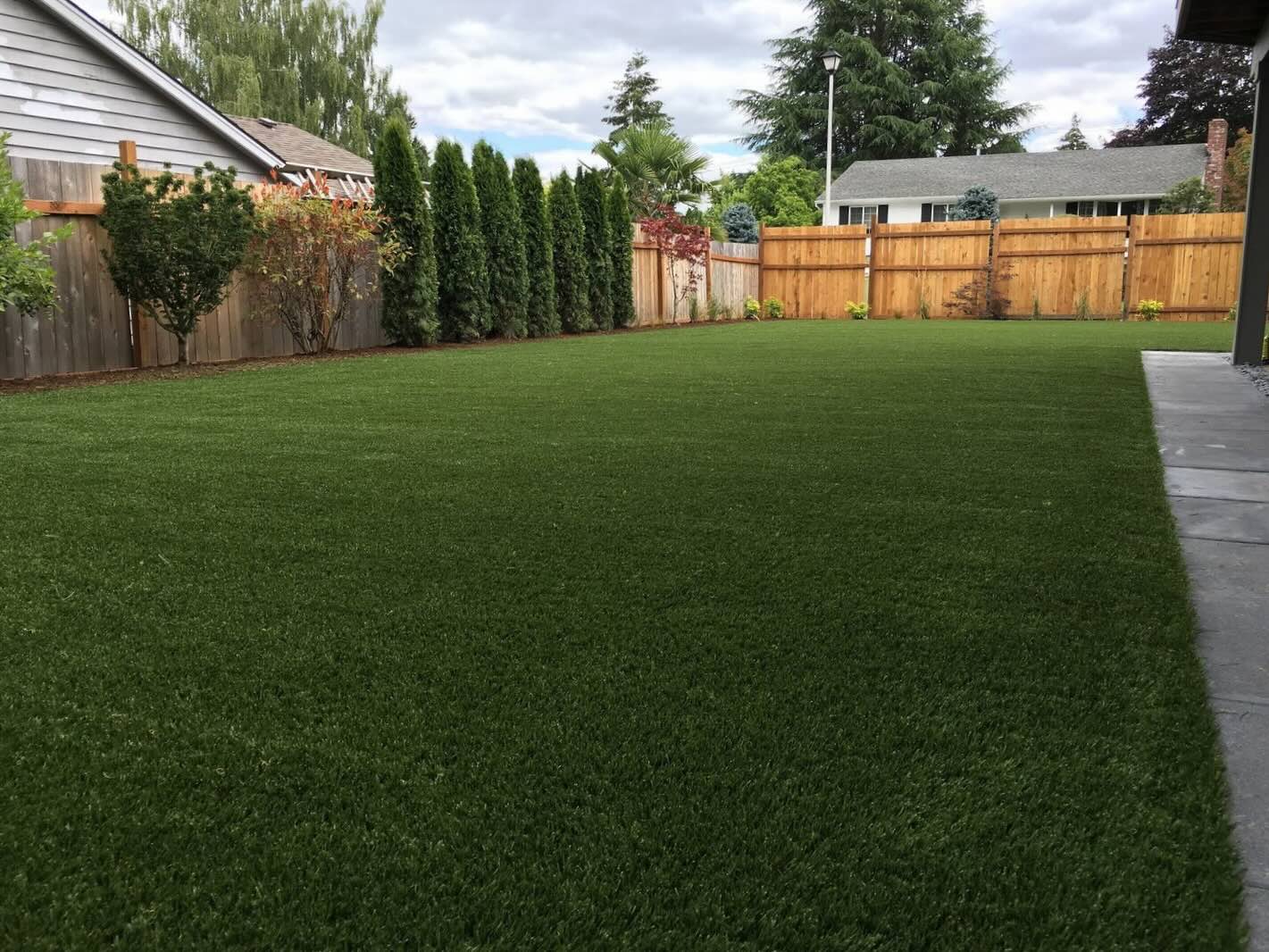
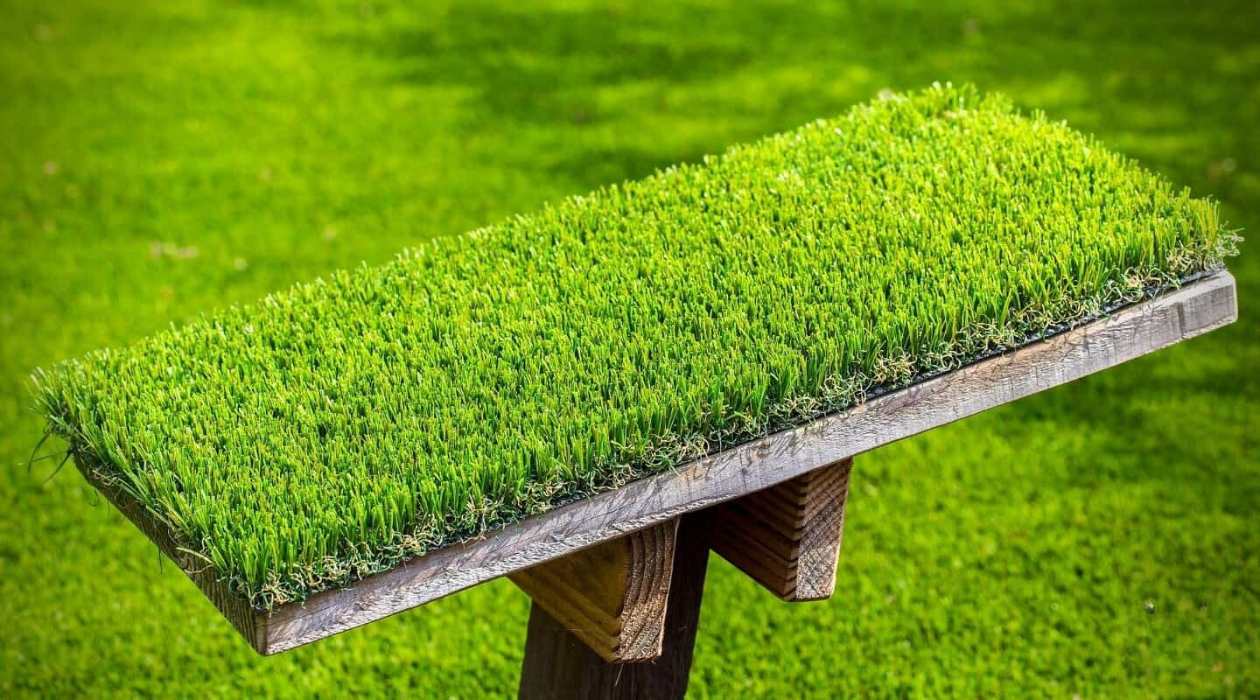
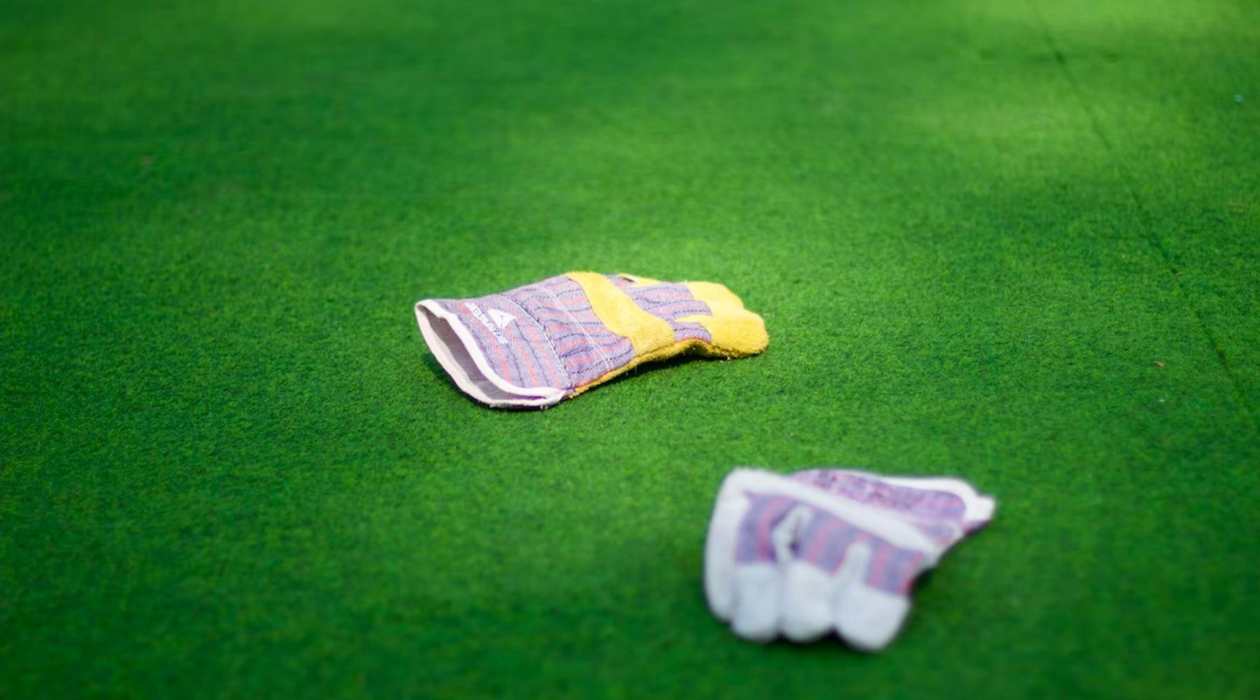
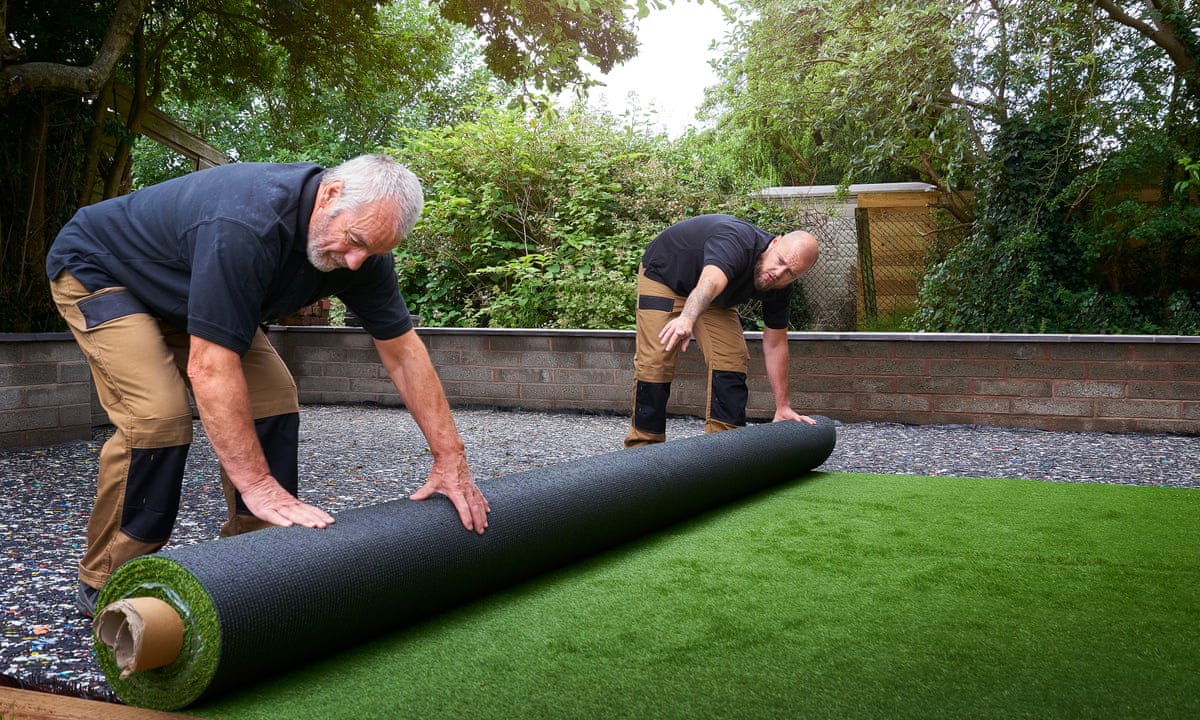
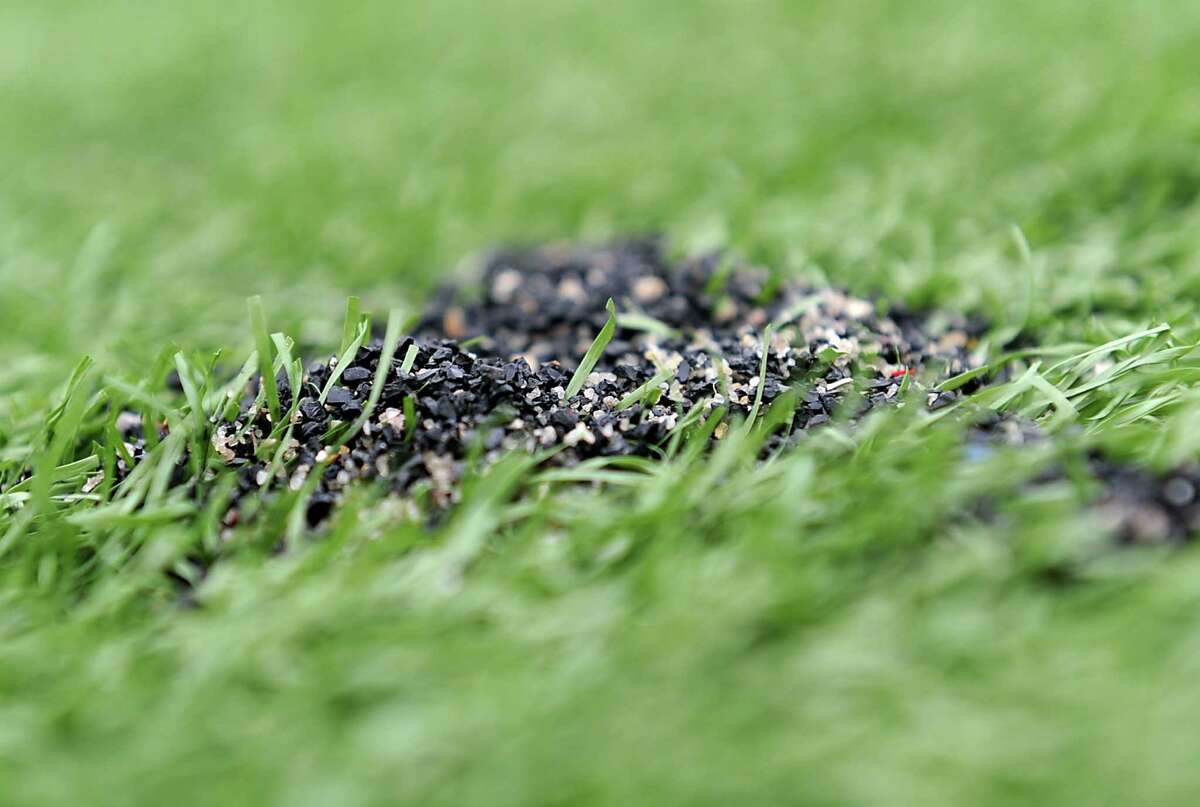
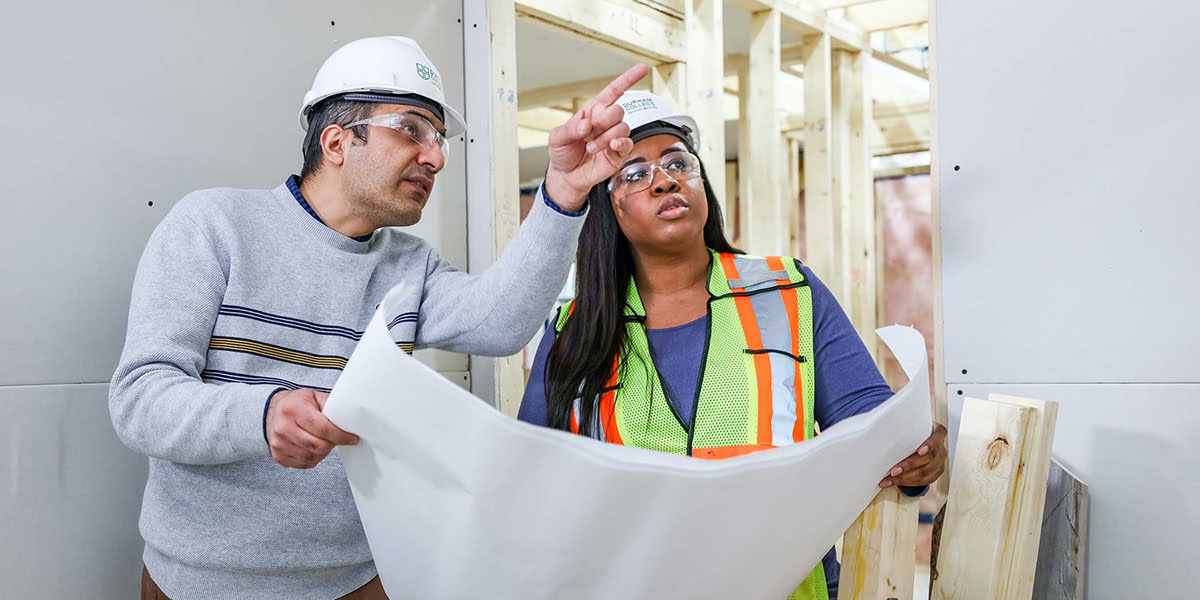
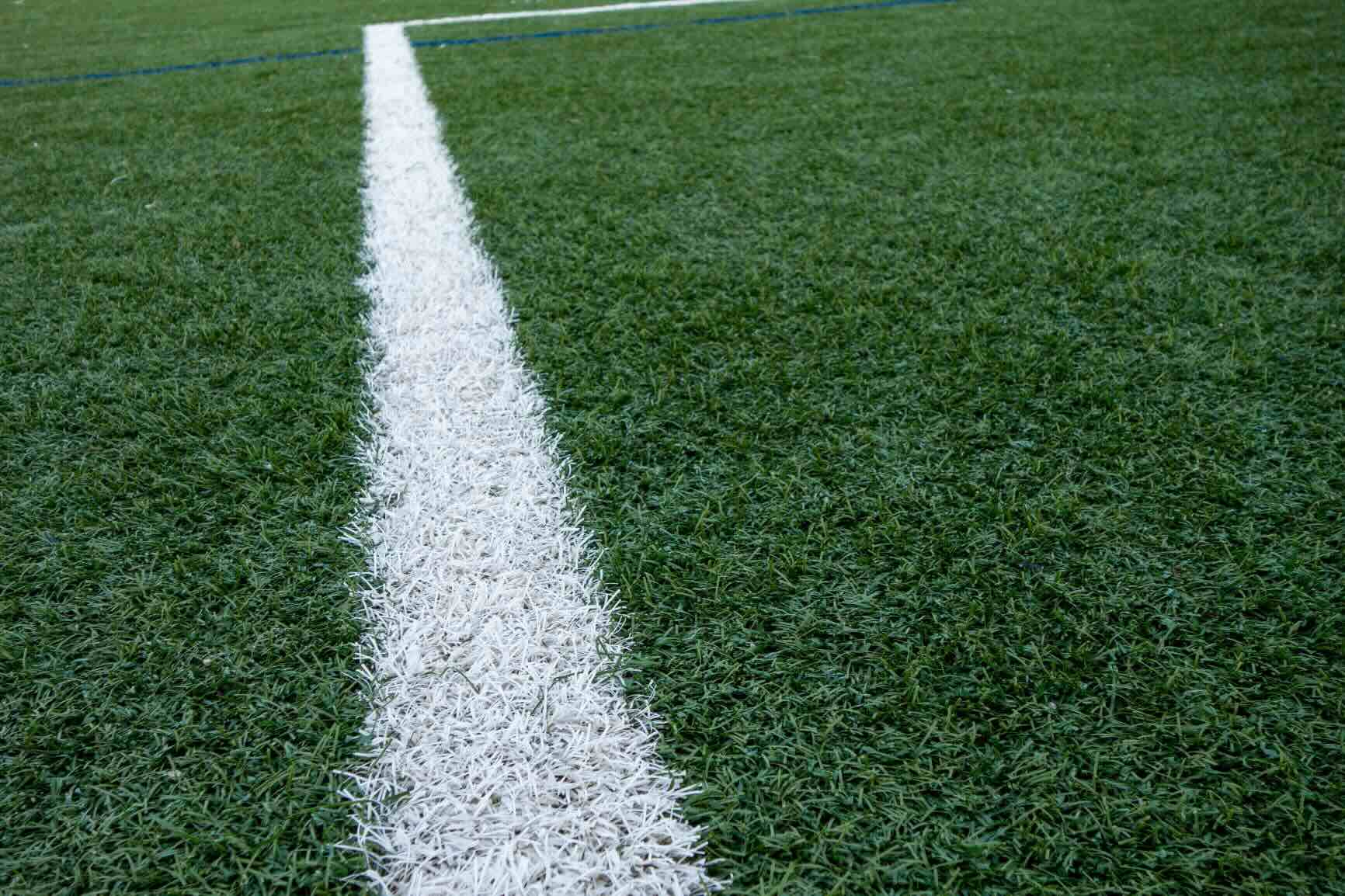
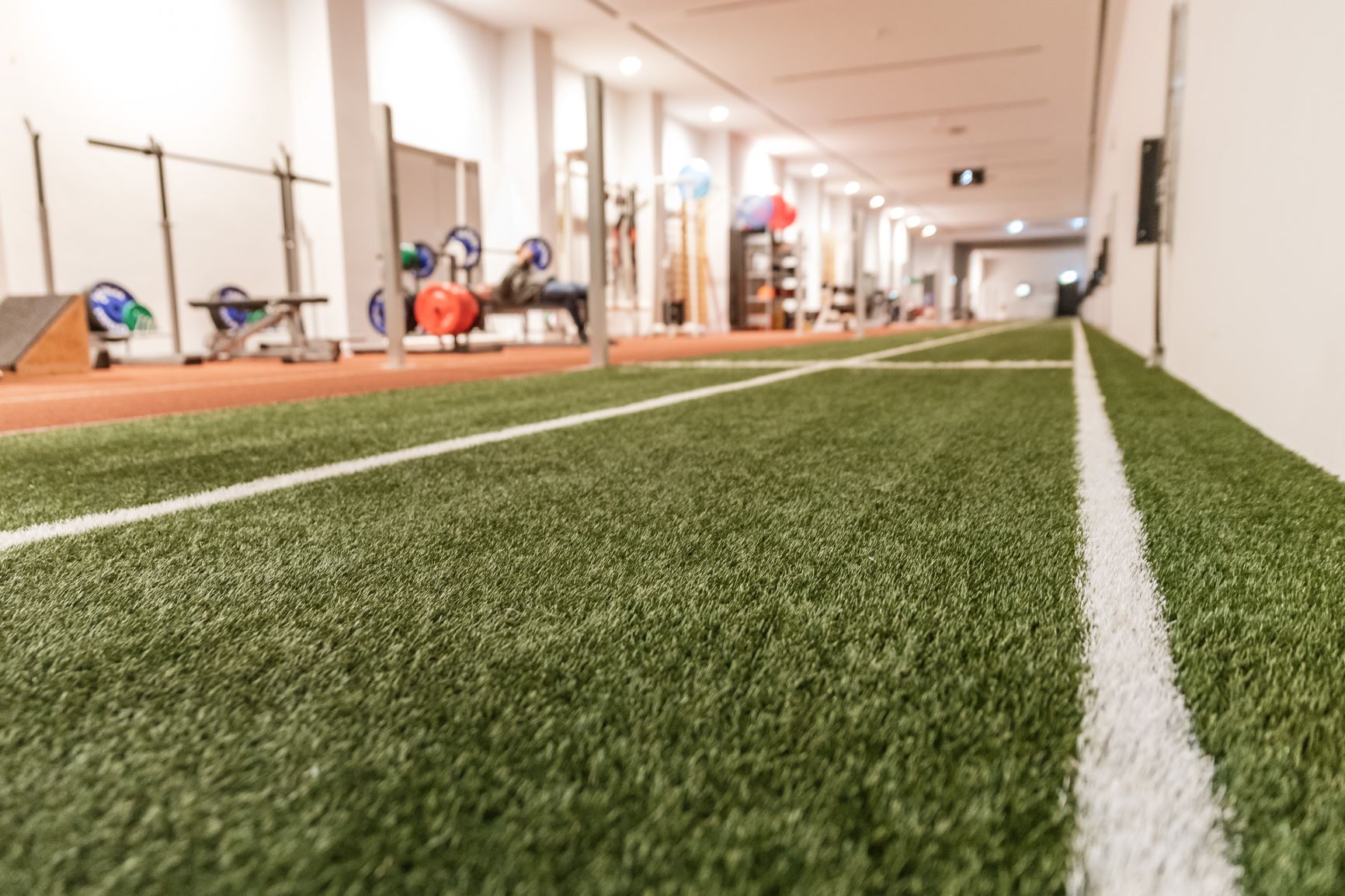

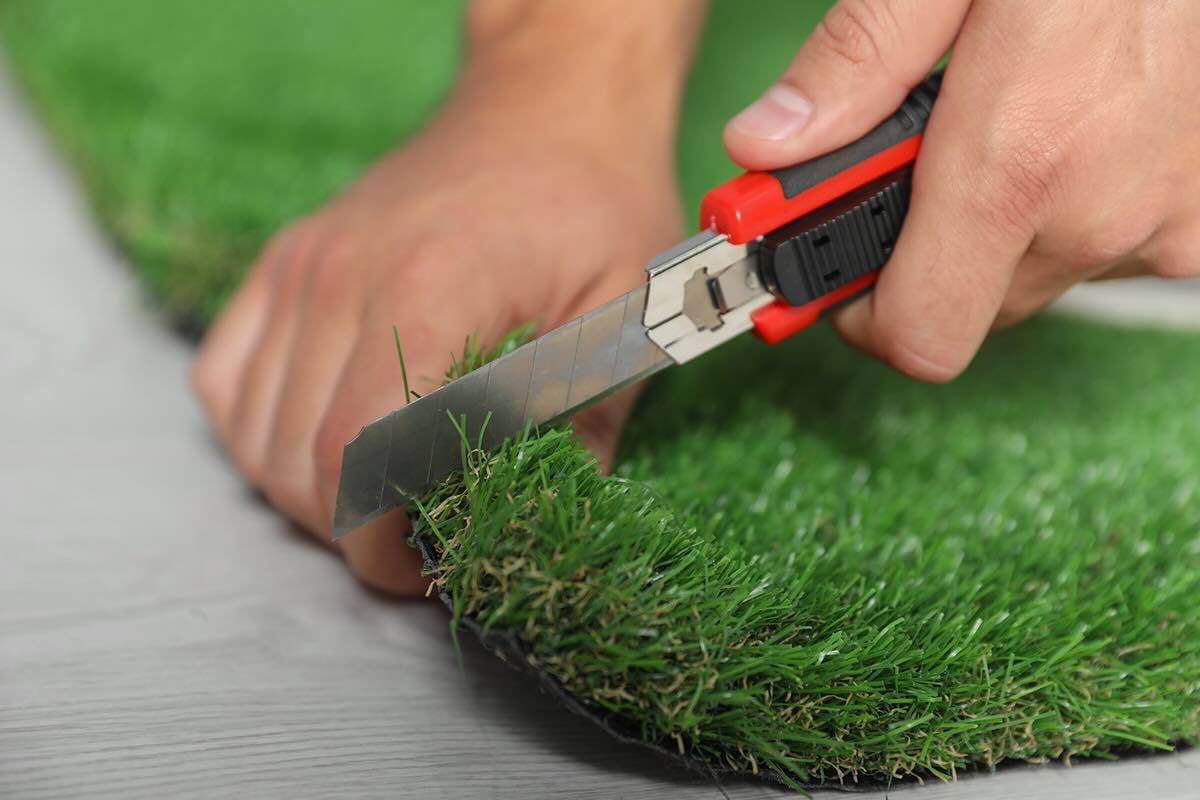
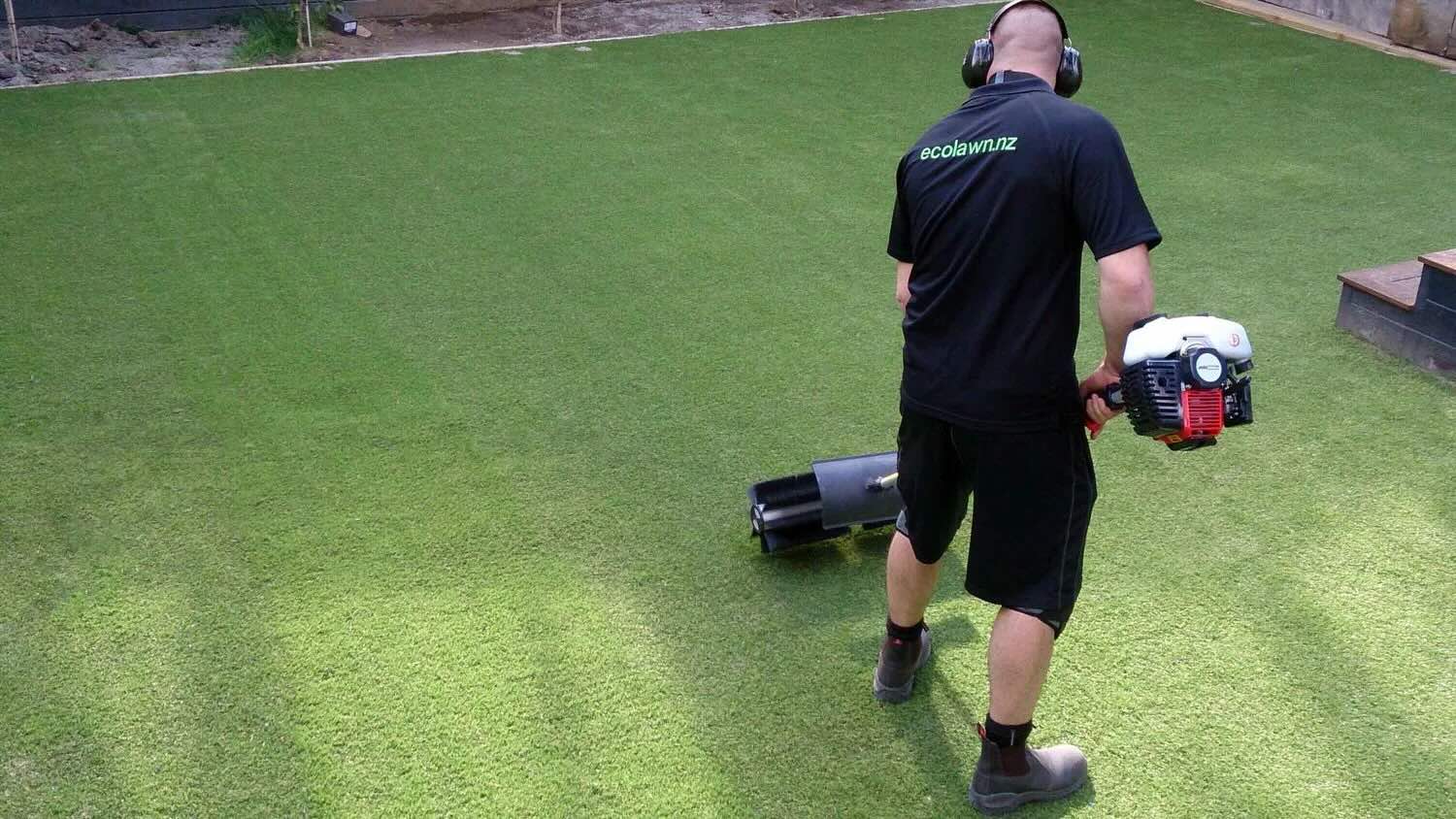
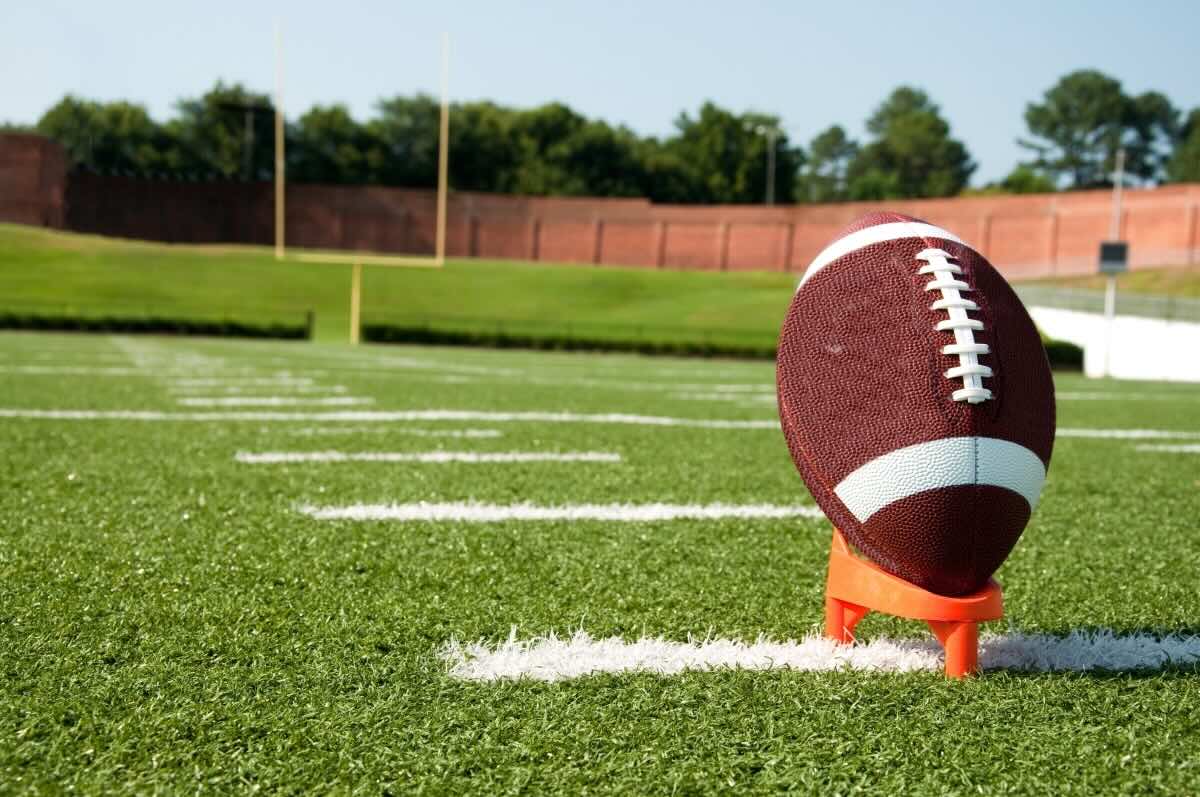
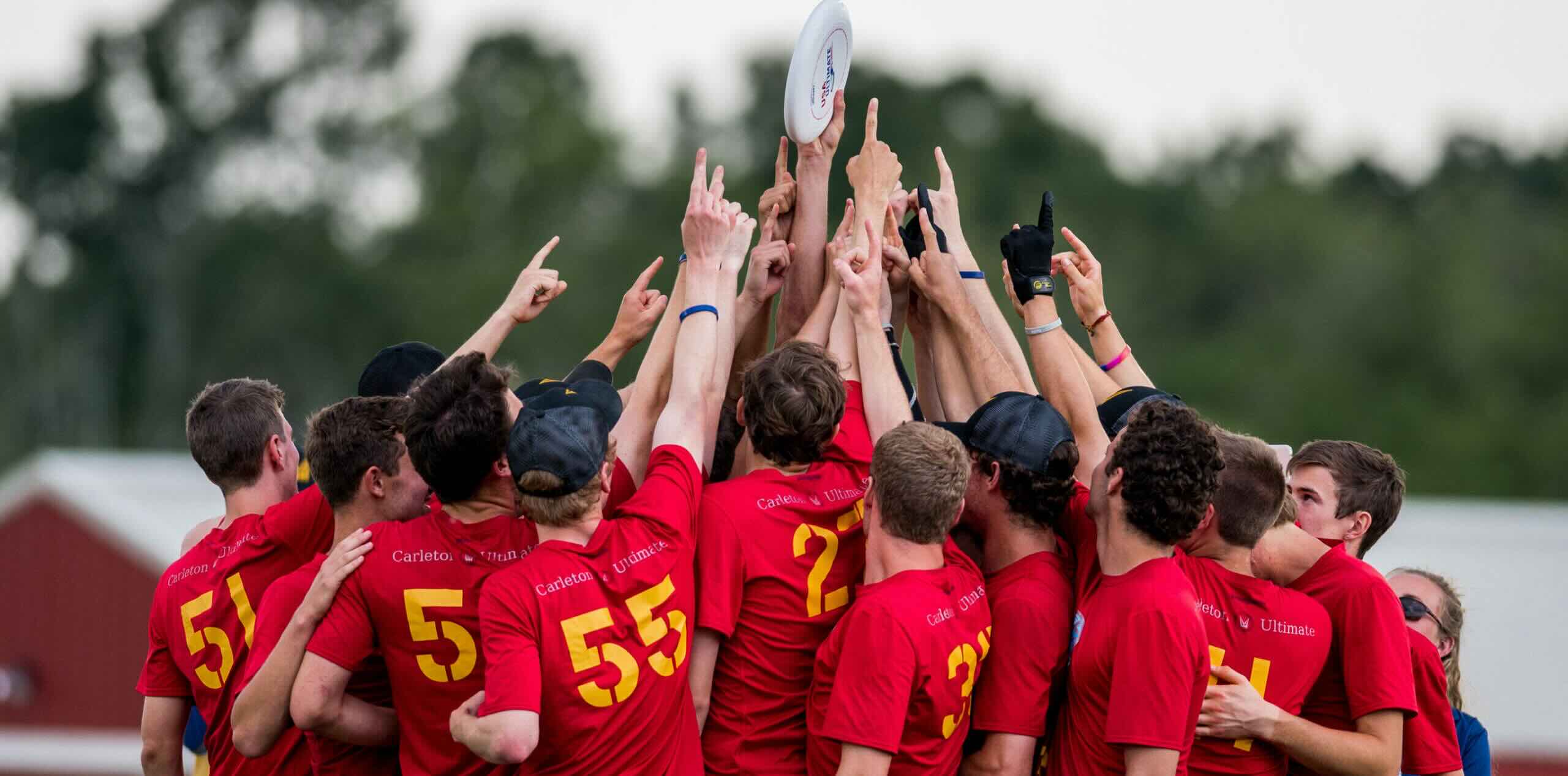
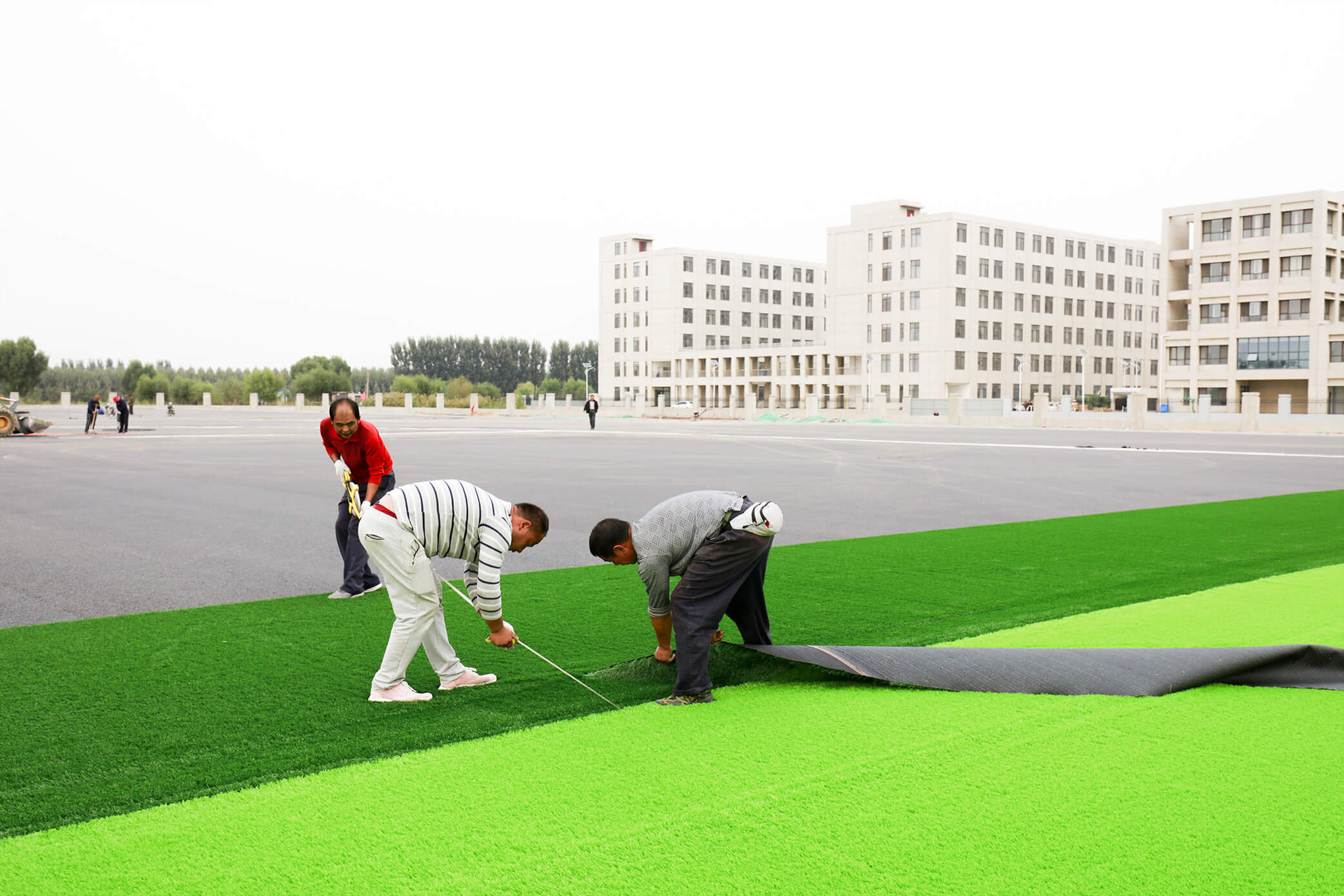
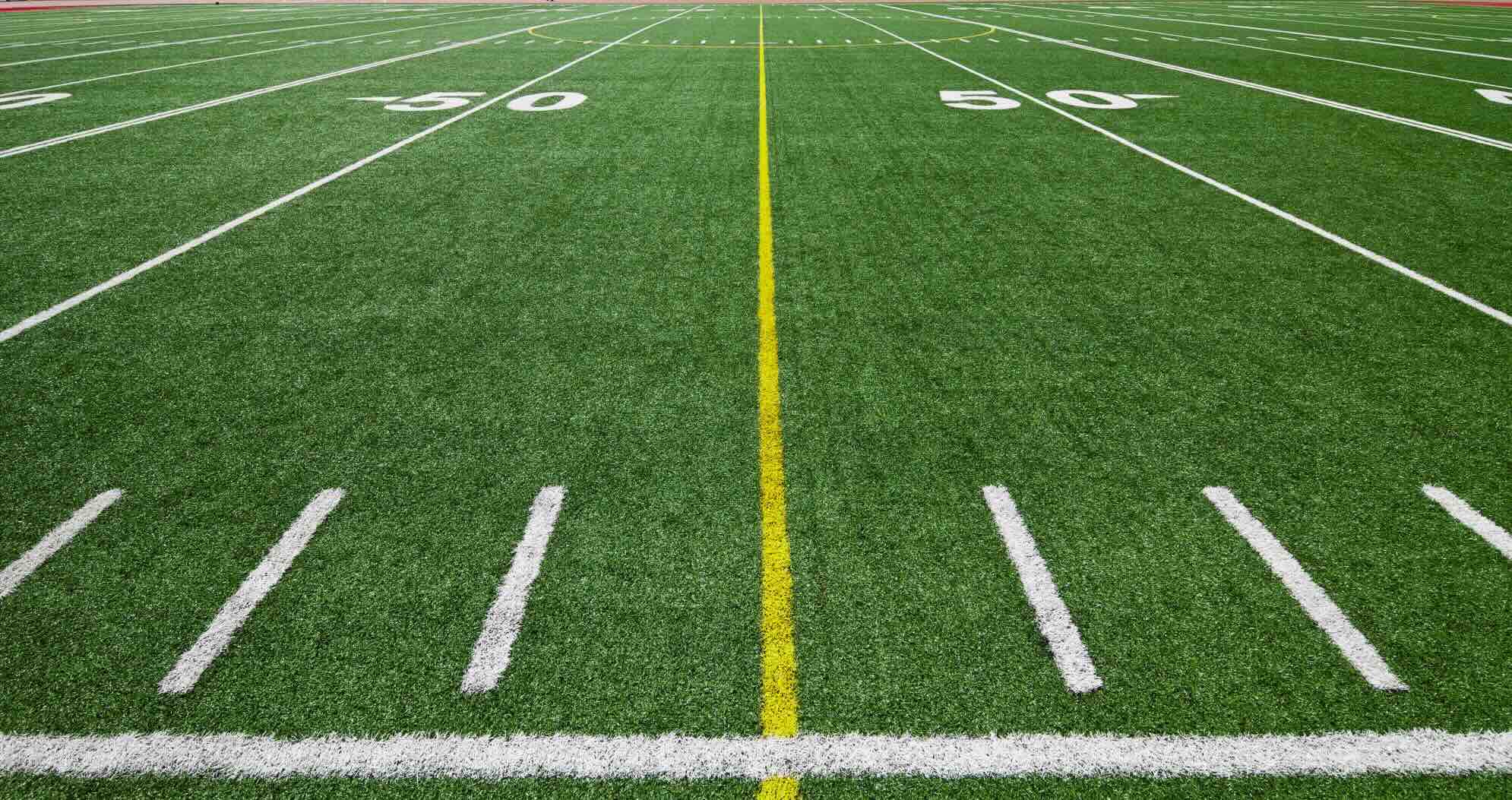

0 thoughts on “What Colleges Have Astro Turf”